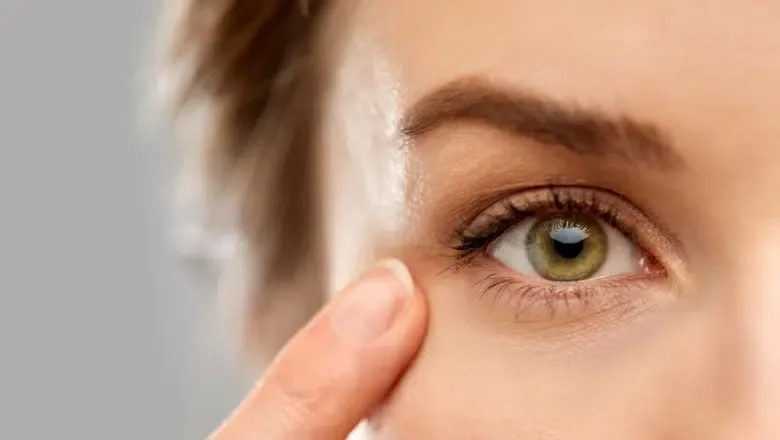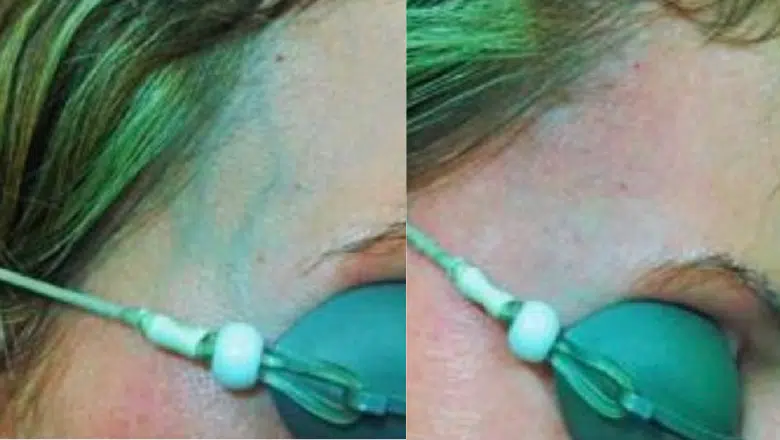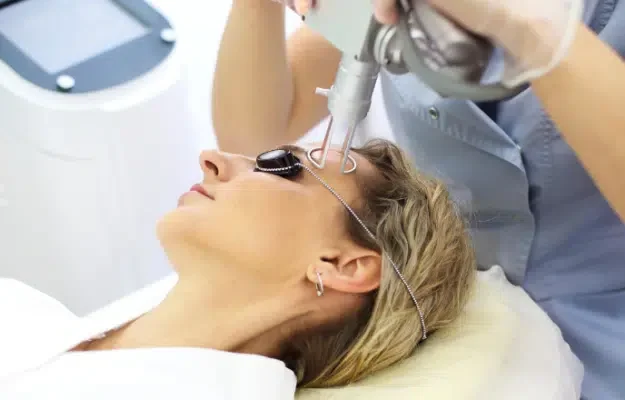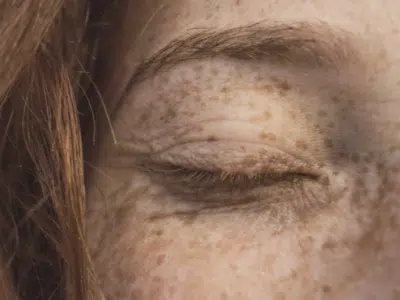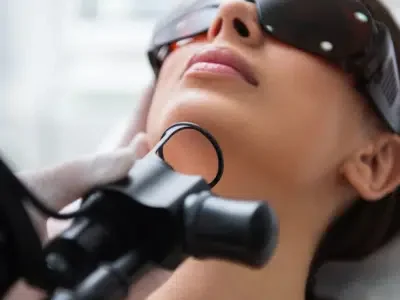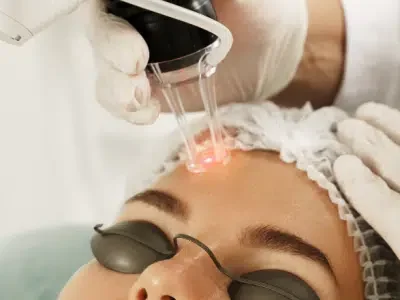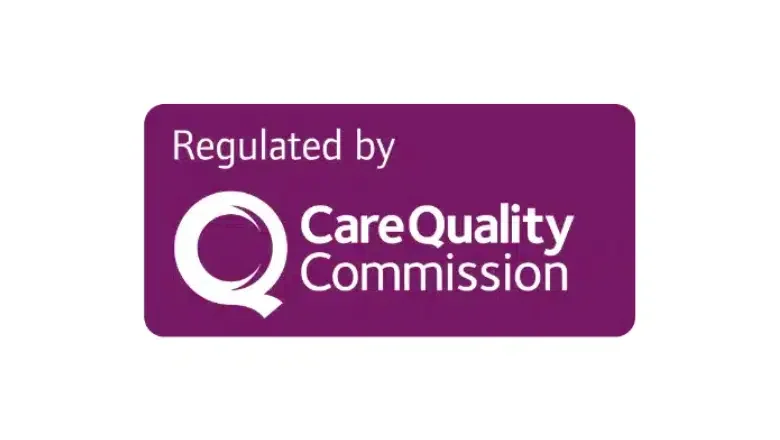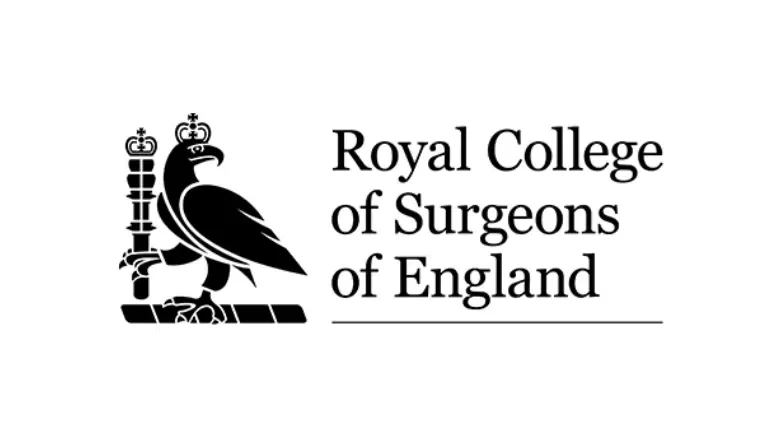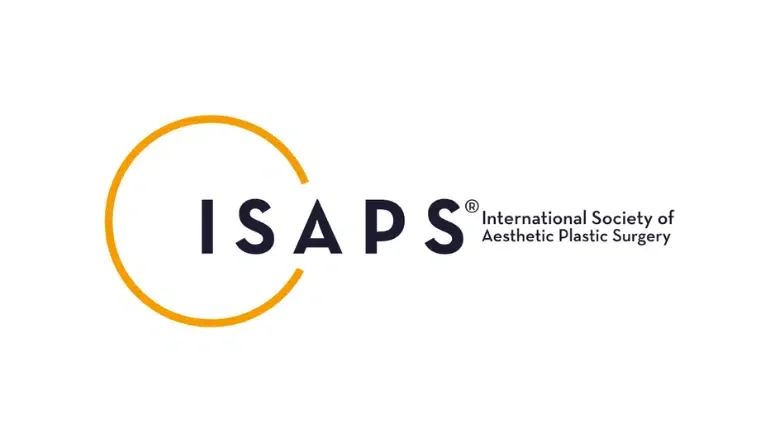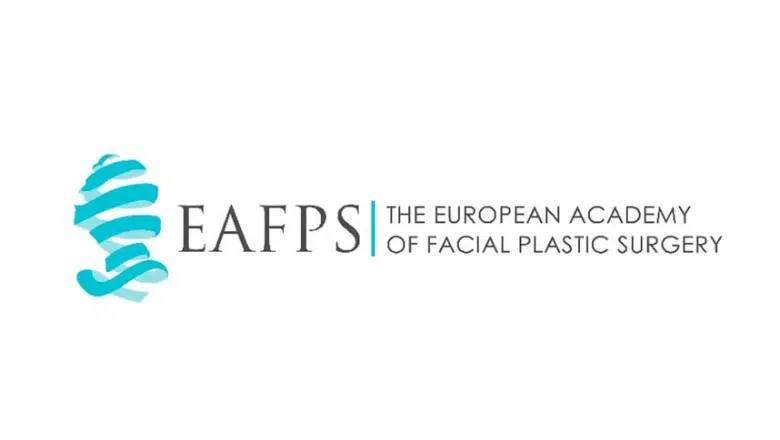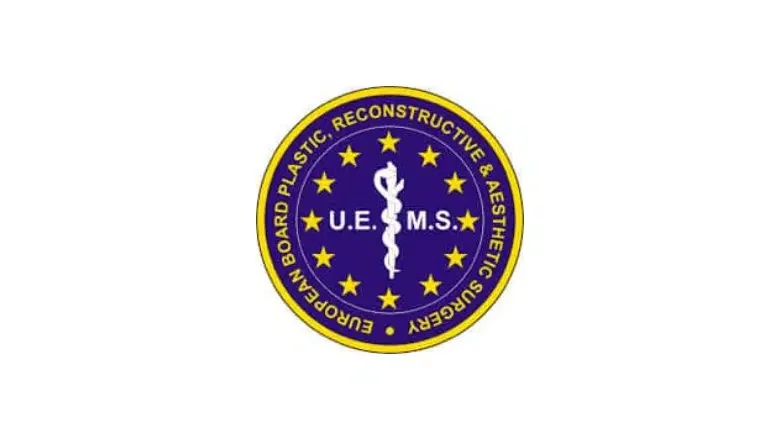Veins Under Eyes Laser Treatment London & UK
Rejuvenate your appearance with our precise laser treatment, designed to safely reduce the visibility of under-eye veins for a brighter, more youthful look
Visible veins under the eyes can be a cosmetic concern due to the thin dermis of the lower eyelid skin and facial fat volume loss with age. As the eye area is highly sensitive and differs from other facial and body regions, make sure to have any under-eye veins evaluated by an experienced clinician at Centre for Surgery to determine appropriate treatment options.
RELATED: Periorbital Vein Laser Treatment
If deemed suitable, Fotona Laser may be used for under-eye thread vein treatment. This procedure directs pulses of light energy at the problematic vein, causing the blood inside to clot. Subsequently, the vein disintegrates and is absorbed by the body. As a result, blood flow is rerouted to deeper veins within the face.
The procedure typically lasts between 15 to 30 minutes, with cooling gel applied for comfort. The laser vein treatment is a safe and effective method for reducing the appearance of visible under-eye veins, providing a more refreshed and youthful look.
What are Veins Under Eyes?
The veins under your eyes are small blood vessels that can sometimes be visible through the skin. This area of skin, known as the periorbital area, is much thinner and more delicate than the skin elsewhere on your body, making the veins underneath more noticeable. Veins under the eyes often require a different treatment approach compared with other types of facial thread veins.
Several factors can make these veins appear more prominent. Ageing is one of them, as our skin naturally loses fat, collagen and elastin over time, making it thinner and more translucent. Genetics can also play a role – some people naturally have thinner skin or more prominent veins in this area.
Other factors can also contribute to the visibility of under-eye veins. For example, fatigue or lack of sleep can cause the skin to pale, making veins more visible. Allergies or eye strain can cause inflammation and swelling that puts pressure on the veins, making them appear more prominent. Certain medical conditions or medications can also affect the appearance of these veins.
While they are typically harmless, some people may choose to seek treatment for cosmetic reasons if they find the appearance of these veins bothersome.
Veins Under Eyes Before & After Photos
At Centre for Surgery, we’re renowned as one of the UK’s leading clinics specialising in minimally invasive vein treatments. We take immense pride in the excellent results we deliver, as well as our outstanding post-procedure care for all vein treatments. For a visual representation of the effectiveness of our treatments, we invite you to view our before and after photos of under-eye vein removal procedures conducted by our expert team. We encourage you to book a consultation with our specialists to determine the best approach for your individual needs and see an extended gallery of our successful vein removal transformations. Our expert guidance can help you achieve a refreshed, youthful look.
What Causes Prominent Veins Under the Eyes?
When you notice the veins around your eyes becoming more obvious, several factors are working together to cause this.
Firstly, the genes you inherit from your family play a big role. Just like many features you share with your relatives, the way your skin and veins around the eyes look can also be passed down through generations. If your family members have similar skin issues, it’s likely you might experience them too.
As you get older, the area around your eyes changes a lot. The shape of the eye sockets can shift with age, affecting how the surrounding soft tissue supports itself. This can cause the fat around your eyes to push outwards more, stretching the skin and making the veins stand out. At the same time, your skin gets thinner and clearer, making it easier to see the veins underneath. Also, the amount and strength of collagen, which helps support your skin, decrease as you age. This makes the bigger veins around your eyes puff up and become more noticeable because the skin can’t hold them in as well.
The type of skin you have also affects how visible these veins are. If you have lighter skin, you might see these veins more clearly because your skin is naturally less thick and has less collagen. This means the structure supporting the veins weakens sooner. On the other hand, those with darker skin have more collagen and elasticity, which helps hide the veins for longer. The melanin in darker skin also helps mask the veins by making the skin less transparent.
Spending too much time in the sun can make this situation worse. The UVA rays from the sun can break down the collagen and elastin in your skin. Since the skin around your eyes is very thin, it’s more vulnerable to damage from the sun. This is especially true for people with lighter skin, who have less melanin to protect against UV damage. Over time, this exposure to the sun can speed up the loss of skin strength and elasticity, leading to more visible veins around your eyes.
Why Treating Veins Around the Eyes is Tricky
Benefits of using laser for veins under eyes
Going for laser treatment to sort out veins under your eyes comes with a bunch of perks:
- It’s Not as Intense as Surgery: There’s no cutting involved, so you won’t need any stitches. This means you’ll probably feel better faster and won’t have to deal with a long recovery.
- Super Accurate: The laser can zap right at the veins that need sorting without messing with the rest of your skin. This way, you get rid of the veins without harming the skin around them.
- Pretty Safe: Getting your under-eye veins lasered is generally safe and doesn’t usually come with big risks.
- Not Too Uncomfortable: If you’re worried it’ll hurt, most people only feel a bit of a zap, kind of like a rubber band snap. It depends on the laser, but it’s not too bad.
- Quick In and Out: The whole thing is over in about 15 to 30 minutes, perfect if you’re always on the go and can’t sit around for ages.
- No Downtime: Unlike some treatments, you don’t have to put your life on pause. Most folks can jump right back into their day-to-day stuff after the session.
- Lasting Effects: Once those veins are treated, they’re usually gone for good. It’s a permanent fix for those pesky under-eye veins.
Why do Patients usually not achieve their desired results?
Patients often don’t achieve the desired results when treating larger veins around the eye because many aesthetic or dermatology clinics may refuse to perform such treatments. This may be due to misconceptions about safety. Some may incorrectly inform patients that eliminating these veins could compromise the venous blood circulation around the eye, which is not accurate.
When treated with the NdYAG laser, there is no risk of impairing blood drainage from the tissue around the eye. Should a vein segment be lasered, the venous blood will simply reroute through the myriad alternative vein pathways in the vicinity of the eye. Moreover, the human body has a natural process of forming new blood vessels, known as neovascularisation, which kicks in when the circulation is potentially compromised.
Regrettably, due to a lack of understanding of light-tissue interaction, coupled with inadequate experience or training, some practitioners might inappropriately use Pulse Dye Laser or IPL devices (Intense Pulse Light) for this purpose. While these methods might be somewhat effective in addressing generalised redness or tiny capillaries around the eye, they are utterly inadequate for treating larger blue, green, purple or red veins near the eye. If a practitioner attempts to use these methods, the procedure is bound to fail, even if repeated multiple times. This not only results in unnecessary trauma to the patient but also fails to seal the vessel successfully, owing to the poor absorption of light energy from these Laser/IPL devices by venous blood.
How do we treat under eye veins?
At our clinic, we utilise the Fotona NdYAG 1064nm laser to treat larger veins around the eye. This particular laser device is currently the most appropriate for this purpose.
Using this laser safely and effectively around the eye necessitates comprehensive knowledge and experience, something our clinicians possess in abundance. Having routinely performed periorbital vein treatments over the years, our clinicians have accumulated over a decade of experience, successfully completing hundreds of laser vein cases.
In instances where the vein can be safely treated over the bone, we utilise external metal eye shields for protection. For cases where the vein is closer to the eye or on the eyelids, we use internal metal eye shields.
However, if there are smaller red capillaries on the eyelids, your practitioner might opt to treat these with the 532nm laser. While this laser wavelength is more suited for smaller red vessels around the eyes as opposed to the NdYAG laser, it can still cause trauma to the eye and thus requires the insertion of internal metal eye shields for protection.
For more complex cases, where deemed necessary by your specialist, we can perform ultrasound-guided vascular treatment. This technique involves using a high-resolution ultrasound scanner to evaluate vein diameter. It allows for a more precise assessment of the vessel diameter and calculation of the appropriate laser pulse width. Additionally, the use of high-resolution ultrasound lets the clinician evaluate when the vein has been adequately treated.
Laser under eye procedure and aftercare
In today’s fast-paced world, looking your best can boost your confidence. One innovative way to enhance your appearance is through a straightforward laser procedure aimed at diminishing those pesky veins under your eyes, which can sometimes make you look tired or older. Here’s how this cutting-edge treatment unfolds, tailored for a younger audience seeking clarity and simplicity:
Starting Point – The Chat: Your journey begins with a casual yet informative chat with a healthcare expert. This is where they get a feel for what you’re hoping to achieve and determine if this laser magic is a good fit for you. It’s a bit like matching puzzle pieces to ensure you get the look you desire.
Getting Ready: On the big day, you’ll kick things off by getting the skin around your eyes cleaned up nice and neat. To keep your eyes safe from the laser light show, you’ll pop on some cool protective goggles. They might even apply a chilly gel on your skin to keep things comfortable.
The Main Event – Laser Time: Now, it’s time for the star of the show, the Fotona Laser. This isn’t just any laser – it’s specially designed to gently target and zap away those under-eye veins. The heat from the laser makes the blood in the veins thicken and eventually breaks down these tiny vessels. Your body’s got it from there, absorbing what’s left and rerouting blood to where it’s supposed to go.
Chill and Heal: After the laser does its thing, you might notice a bit of puffiness or a hint of redness, but don’t fret – it’s all part of the healing process and fades away quickly. You’ll get the lowdown on how to take care of the area to ensure everything heals up nicely and the results shine through.
Checking In: You’re not going at this alone – a follow-up visit ensures everything’s healing as expected, and you’re loving the results. Depending on how things look, a couple more sessions might be on the cards to get everything just right.
The whole thing’s over in about half an hour, and it’s pretty chill for most patients. While you might catch a glimpse of the improvements right away, the full effect comes into play within a week or two, as your body naturally clears away the targeted veins.
Why Choose Centre for Surgery
Choosing Centre for Surgery ensures expert medical practitioners treat you with years of experience and access to state-of-the-art facilities registered by the CQC (Care Quality Commission). We take pride in offering advanced, minimally invasive treatment options through our innovative approach aimed at reducing downtime. Our focus is on personalised care to cater to your specific needs. Our non-surgical treatments are designed to ensure minimal disruption to your life, letting you get back to your routine as quickly as possible. Choose Centre for Surgery for a safe, effective, patient-centric cosmetic enhancement experience.
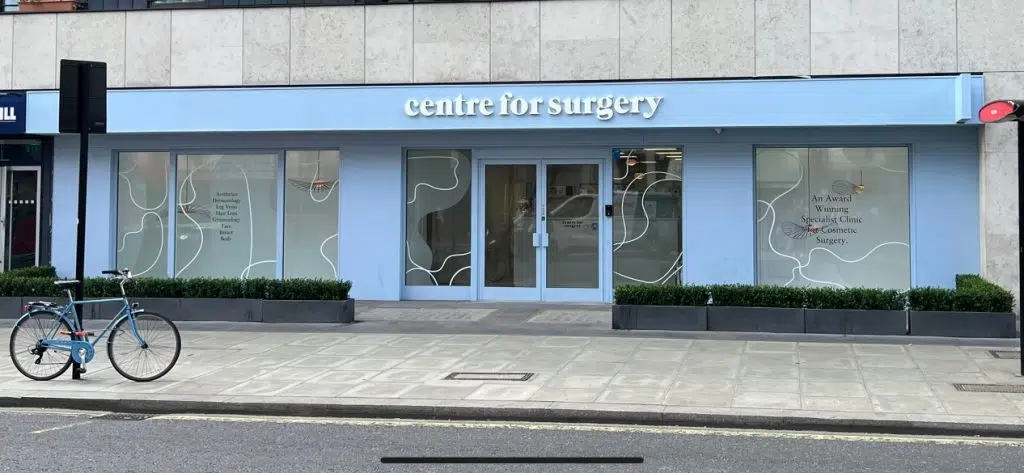
FAQs
-
What are thread veins under the eye?Thread veins or spider veins can develop anywhere on the body, but unlike varicose veins, they're much smaller in size. Several factors can contribute to the development of these prominent thread and spider veins. These include poor lifestyle choices such as excessive alcohol consumption, smoking, and high-stress levels. Additionally, prolonged exposure to the sun and a skin condition known as rosacea, which affects the blood vessels, can also play a part.
Those who have visible thread and spider veins may feel self-conscious about their appearance. They might feel as if their skin is showing signs of ageing prematurely, especially in the area under the eyes. It's important to remember that the skin around this area is incredibly thin and delicate, making it more prone to damage. Therefore, it should be treated with the utmost care.
This is where the Fotona Nd:YAG laser treatment can come in, providing a gentle yet effective method to address these thread and spider veins. This treatment, specially designed for the delicate eye area, can help restore confidence and reduce the appearance of these veins, contributing to a more youthful look. -
How to treat thread veins under the eye?If you're seeking a treatment specifically designed to address thread veins and spider veins beneath the eyes, the Fotona NdYAG laser could be an excellent choice for you. The Nd:YAG laser from Fotona is a unique piece of technology, created with a focus on treating veins located under the eye.
This laser works by gently emitting pulses of light energy towards the damaged spider or thread vein around the delicate eye area. The energy from the laser causes the blood within the vein to coagulate or thicken. As a result, the blood vessel is broken down, subsequently absorbed back into the body, and blood flow is redirected towards the deeper veins within the face.
During the treatment, patients often describe feeling a slight stinging sensation. The procedure itself is relatively swift, typically taking between 15 and 30 minutes. One of the great advantages of this treatment is that it allows you to return to your everyday activities immediately afterwards.
Beyond treating veins beneath the eyes, the Fotona Nd:YAG laser treatment is also effective for addressing thread veins on the legs and facial thread veins. This makes it a versatile solution for those looking to eliminate unsightly veins in different areas of their body. -
How long is the procedure?The actual laser treatment for veins under the eyes typically takes between 15-20 minutes, but with preparation and post-procedure care, you can expect to be in the clinic for a total of around 30 minutes.
-
Does the treatment hurt?The Fotona laser system we utilise for under-eye vein treatments is highly precise, allowing for targeted treatment with minimal discomfort. During the procedure, patients often describe the sensation as akin to a thin elastic band lightly flicking against the skin. This sensation is coupled with brief moments of heat in the areas being treated. However, discomfort is typically minimal and tolerable, especially with the aid of our clinical assistant who continuously provides cool air onto the treatment area to soothe the skin and make the experience more comfortable. Our goal is to ensure your treatment is as pleasant and pain-free as possible.
-
Can sclerotherapy be used for treating veins under the eyes?Sclerotherapy is a common treatment for spider veins and varicose veins in the legs, but it's typically not used for veins under the eyes. The skin around the eyes is very delicate, and the veins in this area are much smaller and closer to the surface than those on the legs. Injecting a sclerosing agent into these small veins can be challenging and carries a risk of complications, including skin discoloration, inflammation, and even vision impairment in rare cases.
Instead, laser treatment is usually the preferred method for treating under-eye veins. Laser treatment is less invasive and can more precisely target the small, delicate veins in this area without the need for injections or incisions. -
How many treatments do you need?Generally, most patients see significant improvement after a single session of laser treatment for veins under the eyes. However, the exact number of treatments needed can vary depending on the severity of your condition and your individual response to the treatment. During your initial consultation, our specialist will evaluate your situation and provide a more personalised treatment plan. We also encourage regular communication with our clinical team during your recovery process, and if necessary, you can schedule a follow-up review for further assessment and potential additional treatment.
-
What results can I expect?Following the laser treatment for under eye veins, the immediate visual impact on the vein will be noticeable. Nevertheless, there may be some swelling during the initial healing phase, typically lasting between 48 to 72 hours. This is a normal part of the recovery process and should subside naturally. The final results, revealing a significant reduction in the appearance of under-eye veins, can usually be seen within 7 to 14 days after the procedure.
-
How much does Veins Under Eyes cost?The cost for laser treatment targeting veins in a single eye area starts from £800, although the price may vary depending on the volume and complexity of the treatment required. If you opt for a comprehensive treatment that addresses all vein types and sizes around both eyes, the cost is approximately £1500.
-
Where Is Under-Eye Thread Veins Treatment Available?For those seeking treatment for thread veins located under the eye, our specialised services are conveniently accessible in London. You can visit us at our prominent clinic situated at:
London Address: 95-97 Baker Street, London, W1U 6RN.
This clinic is equipped with state-of-the-art facilities and staffed by experienced professionals, ensuring that you receive the best possible care for your thread veins treatment.


